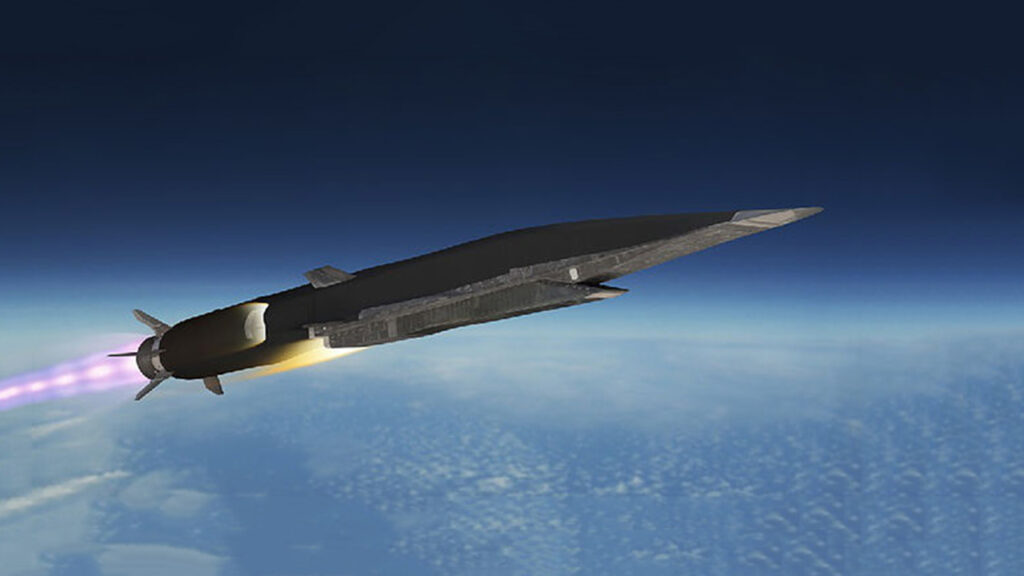Rumors tell that Russia shot a hypersonic- or should be hypersonic 3M22 Zircon missile in Ukraine. This hypersonic weapon may be still under construction. In that case, Russia tested that missile in that area. And in that case, the Zircon is not ready yet. When this missile is ready, it can carry a 200 kt thermonuclear warhead. The have been reports that the Zircon has some problems with detonating warheads in the precise right altitude.
The problems with scramjet-driven hypersonic missiles are the same all the time. The combustion must happen in the right place. If that thing happens in the wrong position the missile or aircraft loses its power. Another thing is that the hypersonic scramjet engine system requires hydrogen as fuel. So that means the hydrogen must stored in the missile or the ship that carries this missile must make that hydrogen using electrolysis or taking it from some tank.
The ignition of the hypersonic missiles and especially their scramjet system requires. That the missile's speed is high enough. The missiles must be over Mach 6 so that the scramjet can start. There are two ways to reach that speed. The first way is to use the rocket, which transports a 9-meter-long missile to the ballistic trajectory.
And when the missile turns to dive the rocket engine gives enough speed that the scramjet can start. The question is can the missile frigate carry a rocket? That is fast enough for that operation. If the Zircon is on the intercontinental ballistic missile, that thing can give it a speed. That is high enough.
Another way to start the scramjet engine is a wind tunnel. In that system, the super- or hypersonic wind tunnel pulls air through the scramjet engine. Then the system simply injects hydrogen into the missile's engine.
One of the problems with hypersonic aviation is the control. The pressure cone that forms in the missile's bow can bypass the control layers. And that causes a situation where the missile is out of control.
The Zircon missile looks like an X-51 "Waverider" test plane. It's possible. That Zircon planned to launch from missile frigates, submarines, and supersonic bombers. Maybe its purpose is to replace Kinzhal missiles. It's also possible that the ICBM can carry a Zircon missile to the high atmosphere or even suborbital trajectory. When that missile falls back into the atmosphere scramjet activates.
In stories, the Zircon is covered with an ion layer. That ion cloud makes that missile impossible to see using radar. But the question is, are those systems operational?






No comments:
Post a Comment
Note: Only a member of this blog may post a comment.